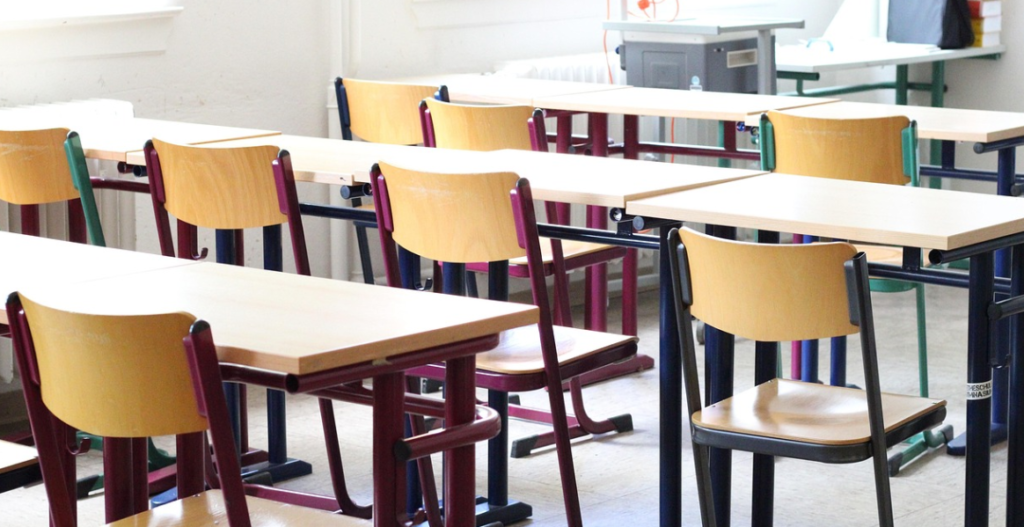Education is meant to foster critical thinking, creativity, and a deep understanding of subjects. However, in many modern school systems, standardized tests have become the primary measure of student success. As a result, an important question arises: Are students truly learning, or are they simply memorizing information to pass exams?
1. The Rise of Standardized Testing
Over the past few decades, standardized testing has taken center stage in education policies worldwide. Governments and school districts use test scores to evaluate student performance, teacher effectiveness, and even school funding. While assessments are necessary for measuring progress, an overemphasis on testing has led to unintended consequences.
Why Testing Became Dominant:
- Accountability Measures: Schools are ranked based on test scores, influencing funding and reputation.
- College Admissions Pressure: Standardized tests like the SAT, ACT, and national exams often determine access to higher education.
- Global Competitiveness: Countries push for higher test scores to improve international rankings in education.
2. The Difference Between Learning and Memorization
True learning involves understanding concepts, applying knowledge to new situations, and thinking critically. Memorization, on the other hand, is the temporary retention of facts to recall them during an exam, often without deeper comprehension.
Signs of Memorization vs. Learning:
- Memorization:
- Students forget the material shortly after the test.
- Information is recalled verbatim but not applied in different contexts.
- Focus is on rote repetition rather than understanding.
- Learning:
- Concepts are retained and built upon over time.
- Students can explain ideas in their own words.
- Knowledge is applied to solve real-world problems.
3. Negative Consequences of Over-Testing
Increased Student Stress
Excessive testing leads to high levels of anxiety among students, affecting their mental health and motivation to learn.
Narrowed Curriculum
Teachers may be forced to “teach to the test,” prioritizing tested subjects while reducing focus on the arts, physical education, and creative problem-solving.
Lack of Critical Thinking Development
When success is based on choosing the correct answer from multiple-choice options, students miss opportunities to engage in deep discussions, problem-solving, and inquiry-based learning.
Educational Inequality
Students from underprivileged backgrounds often have fewer resources to prepare for standardized tests, widening achievement gaps and limiting opportunities for higher education.
4. Alternative Approaches to Assessment
To foster true learning, schools must embrace diverse evaluation methods beyond standardized testing.
Project-Based Learning
Students engage in long-term projects that require research, collaboration, and real-world application of knowledge.
Portfolio Assessments
A collection of a student’s work over time showcases growth, creativity, and mastery of skills beyond test scores.
Open-Ended Questions and Essays
Encouraging students to explain their reasoning in writing fosters critical thinking and deeper understanding.
Oral Examinations and Presentations
Speaking about a topic requires comprehension, synthesis of ideas, and the ability to articulate knowledge clearly.
5. Conclusion
While assessments are necessary to track progress, the over-reliance on standardized testing has shifted the focus from meaningful learning to short-term memorization. To truly educate students, we must move beyond test scores and adopt more holistic, diverse assessment methods that nurture curiosity, critical thinking, and lifelong learning. By prioritizing depth over data, we can ensure that education fulfills its true purpose: preparing students not just for exams, but for life.


